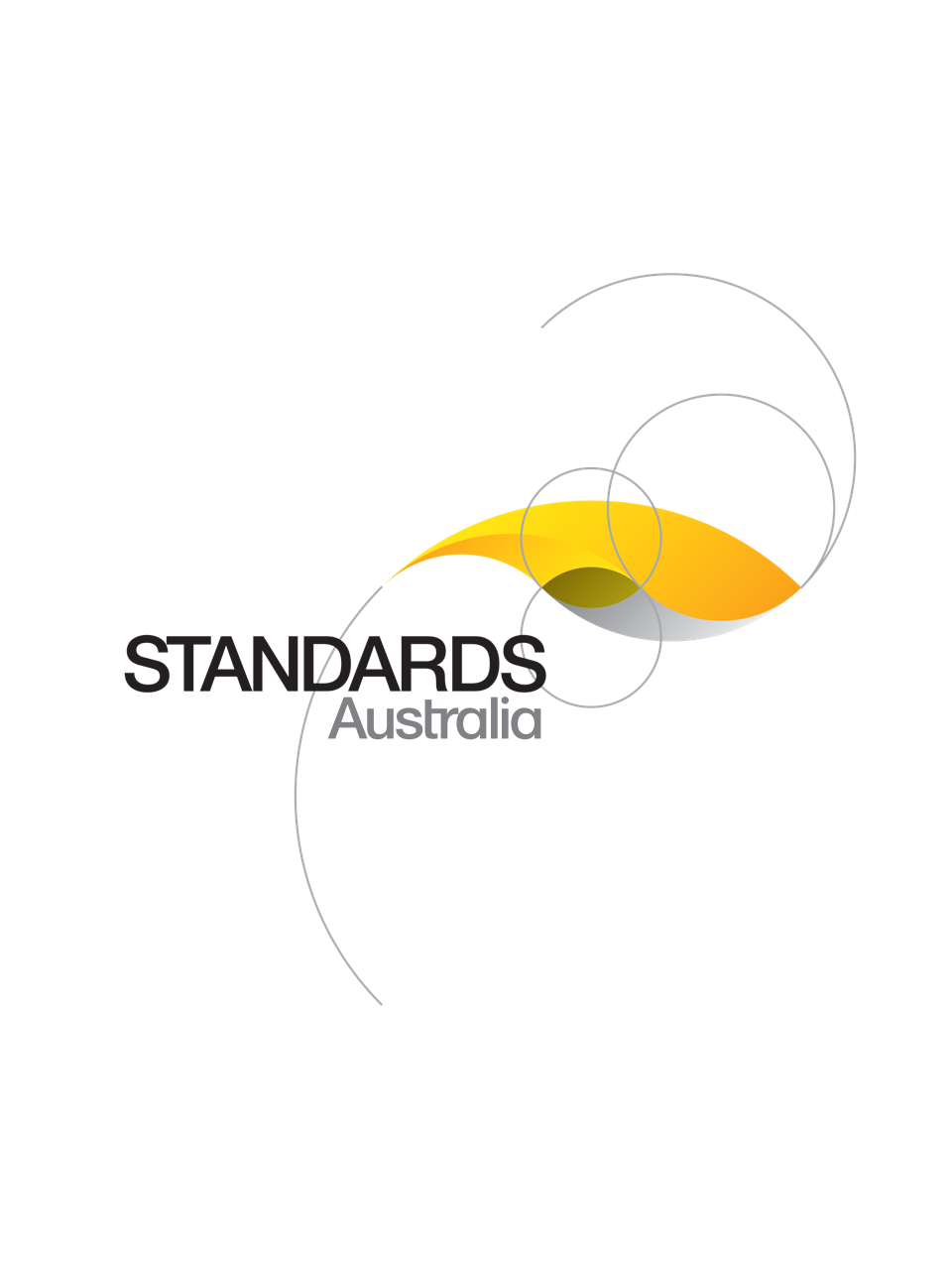Standard
Track updates
AS/NZS 5848:2000
[Current]Code of practice for bungy jumping
Specifies and gives guidance on the site and site approval, the design, testing and and approval of equipment, the management of the operation, the operating procedures, the emergency provisions and procedures and registration of operating staff of a bumgy jumping operation.
Published: 19/10/2000
Pages: 51
Table of contents
Cited references
Content history
Table of contents
Header
About this publication
PREFACE
RELATED DOCUMENTS
Part 1 SITE AND OPERATING APPROVAL, SITE AND EQUIPMENT DESIGN, CONSTRUCTION AND TESTING
101 SCOPE
102 INTERPRETATION
102.1
102.2
102.3
103 REFERENCES
104 DEFINITIONS
105 CLASSIFICATION OF BUNGY JUMPING SITES AND OPERATIONS
106 SITE AND OPERATING REQUIREMENTS OR APPROVAL
107 PLATFORM – RAISED STATIC
107.1 Safe Working Load
107.2 Attachment to the structures
107.3
107.4
107.5
107.6
107.7
107.8
107.9
107.10
107.11
107.12 Wind speeds
107.13 Recovery system
107.13.1
107.13.2
107.14 Rigging adjustments
108 PLATFORM – MOBILE
108.1
108.2
108.2.1
108.2.2
108.3
108.4
108.5
108.6
108.7
108.8
108.9
108.10
108.11
108.12
108.13
108.14
108.15
108.16
108.17
108.18
108.19
108.20
108.21 Lifting gear
108.22
108.23
108.24 Wind speeds
108.25 Checking of lifting appliance
109 PLATFORM – STRUCTURE CATAPULT LAUNCH
109.1
109.2
109.3
109.4
109.5
109.6
109.7
109.8
109.9
109.10
109.11
109.12
109.13
109.14
110 PLATFORM – CRANE CATAPULT LAUNCH
110.1
110.2
110.3
110.4
110.5
110.6
110.7
110.8
110.9 Checking of crane
110.10
110.11
110.12
110.13
110.14
110.15 Wind speeds
111 PLATFORM – HELICOPTER REQUIREMENTS
111.1
111.2 Attachment to the platform
111.2.1
111.2.2
111.3 Anchorage points
111.4 Jumper preparation
111.5 Weather conditions
112 RESTRAINT OF PERSONS ON ELEVATED PLATFORMS
112.1
112.2
113 BUNGY CORD SPECIFICATION
113.1 Cord specification
113.1.1
113.1.2
113.1.3
113.2 Cord binding
114 PERFORMANCE AND TESTING OF BUNGY CORDS
114.1 Definition of new design of cords
114.2 Test requirements for new designs
114.2.1
114.2.2
114.3 Minimizing shock load on the jumper
114.4 Performance testing for bungy cords
114.4.1
114.4.2
114.4.3
114.5 Bungy cord end attachment
114.5.1 Specification
114.6 Daily testing of bungy cord
114.7 Testing of bungy cord for withdrawal from use
114.7.1 Normal withdrawal
114.7.2 Early withdrawal
114.7.3 Destruction of cords
115 JUMPER HARNESS AND ANKLE STRAPPING
115.1
115.2
115.3
115.4
116 ROPES AND CABLES
116.1
116.2
117 HARDWARE AND WEBBING
117.1
117.2
117.3
117.4
117.5
118 RESTRAINT BELTS AND FALL-ARREST HARNESSES
119 TESTING AND INSPECTION
119.1
119.2
119.3
119.4
119.5
119.6
119.7
120 REPLACEMENT OF RIGGING AND EQUIPMENT
120.1
120.2
120.3
121 IDENTIFICATION OF ITEMS OF EQUIPMENT, RIGGING, BUNGY AND SAFETY EQUIPMENT
121.1
121.2
121.3
121.4
121.5 Colour coding of cords
121.6
121.7
122 LANDING/RECOVERY AREA INCLUDING THE AREA IMMEDIATELY UNDER THE JUMP SPACE
122.1 Over land
122.2 Over water
122.2.1 Open water
122.2.2 Closed waters
123 FENCES
123.1
123.2
124 STORAGE
125 LIGHTING
125.1
125.2
126 JUMP AND LAUNCH ZONES AND SAFETY SPACES
126.1
126.2 Jump zones and spaces for Class A platform – Static, and Class B platform – Mobile sites
126.2.1
126.2.2
126.2.3
126.2.4
126.2.5 Side safety space
126.2.6
126.2.7
126.3 Jump zones and spaces for Class C crane catapult
126.3.1
126.3.2
126.3.3
126.3.4
126.4 Jump zones and spaces for platform – Structure catapult
126.4.1
126.4.2
126.4.3
126.4.4
126.5 Jump zones and spaces for Class D platform – Helicopters
126.5.1
126.5.2
126.5.3
126.5.4
126.5.5
126.6 Determining bottom safety space over uneven ground
126.7 Jump zones and spaces – All Classes
126.7.1
126.7.2
126.7.3
127 PUBLIC AREAS AND AMENITIES
127.1 Motor vehicles
127.1.1
127.1.2
127.1.3
127.2 Helicopter
127.3
127.4
127.5
128 ACCESS
128.1
128.2
128.3
129 COMMUNICATION
129.1 Within the site
129.2 Emergency communication services
Part 2 MANAGEMENT AND OPERATIONAL PROCEDURES
201 SAFETY AND LOSS CONTROL MANAGEMENT
201.1
201.2
201.3
201.4
201.5
201.6
201.7
201.8
201.9
202 STAFF AND DUTIES
202.1
202.2 Minimum staff numbers
202.3 Staff selection and person specifications
202.4 Medical examination
203 TRAINING
203.1
203.2
203.3
204 REGISTER OF BUNGY JUMPMASTERS (APPLICABLE IN NEW ZEALAND ONLY)
204.1 General
204.2
204.3
204.4
204.5 Registration Classes
205 ENTRY QUALIFICATIONS (GENERAL)
205.1
205.2
206 ENTRY QUALIFICATIONS (JUMPMASTER)
207 APPLICATIONS – NEW ZEALAND ONLY
208 CERTIFICATES – NEW ZEALAND ONLY
209 RENEWAL – NEW ZEALAND ONLY
210 REMOVAL FROM THE REGISTER – NEW ZEALAND ONLY
211 INJURY, DAMAGE AND INCIDENT EVENTS
211.1 The reporting, investigating, recording and analysis of injury, damage and incident events
211.2
212 WORK PERIODS
212.1
212.2
213 MEDICAL AND AGE RESTRICTIONS FOR JUMPERS
213.1
213.2
213.3
213.4
213.5
213.6
214 SITE OPERATING MANUAL AND DOCUMENTATION
214.1 General
214.2
214.3
214.4 Daily operating procedures
214.5 Procedures
214.6 Close down
215 CERTIFICATION AND AUDIT
215.1 Certification in New Zealand
215.2 Certification in Australia
Part 3 EMERGENCY PROVISIONS AND PROCEDURES
301 SITE EMERGENCY PLAN
301.1
301.2
302 FIRST AID KIT
303 FIRST AID CERTIFICATE
304 RESCUE COURSES
305 COMMUNICATIONS
306 EMERGENCY LIGHTING
307 CRANE CATAPULT
APPENDIX A
A1 STAFF SELECTION NOTES
A1.1
A1.2
A1.3
A1.4
A1.5
A1.6
A1.7
A1.8
A1.9
A2 SAMPLE PERSON SPECIFICATIONS
A2.1 Jump controller and jumpmaster
A2.1.1 Qualifications
A2.1.2 Experience
A2.1.3 Personal skills and qualities
A2.1.4 Helibungy jumpmaster
A2.2 Jump operator
A2.2.1 Qualifications
A2.2.2 Personal skills and qualities
A2.3 Registration clerk
A2.3.1 Qualifications
A2.3.2 Personal skills and qualities
A2.4 Landing/recovery operator
A2.4.1 Qualifications
A2.4.2 Personal skills and qualities
A2.5 Crane operator/lifting appliance operator
A2.5.1 Qualifications
A2.5.2 Experience
A2.5.3 Personal skills and qualities
A2.6 Powered vessel operator
A2.6.1 Qualifications
A2.6.2 Experience
A2.6.3 Personal skills and qualities
APPENDIX B
Cited references in this standard
